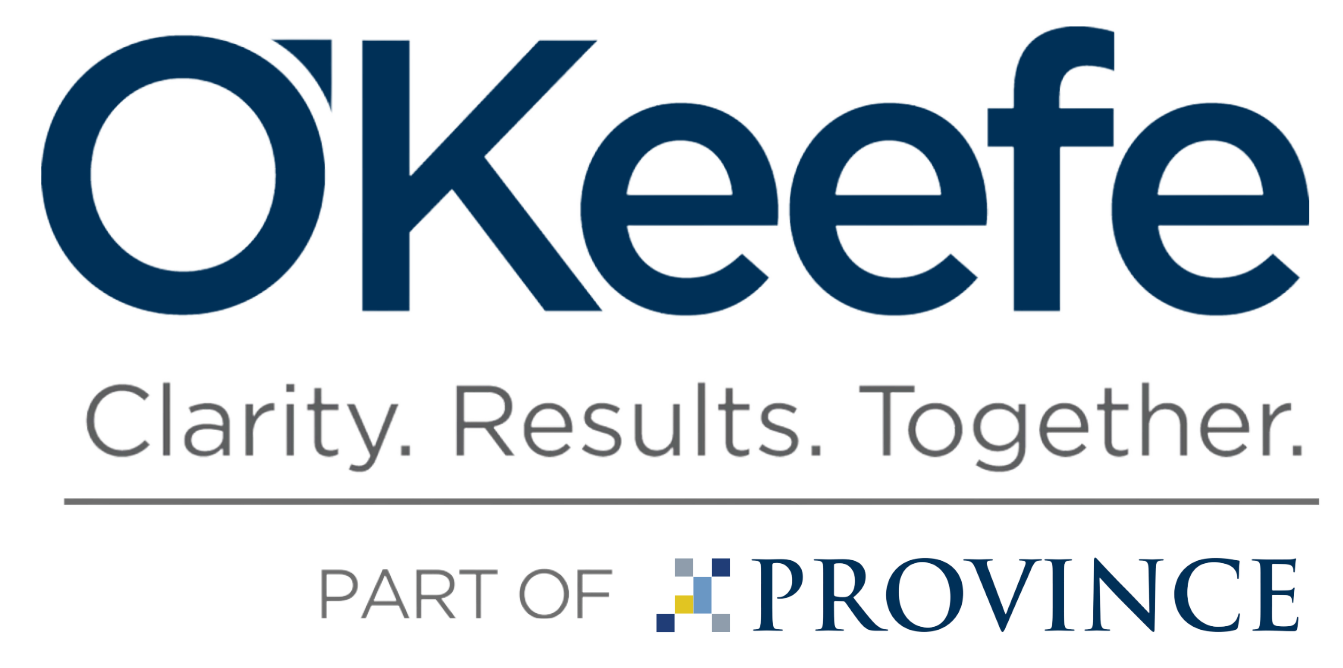Unlocking the Cage
Beginning March 23rd Michigan’s Stay Home, Stay Safe Order response to COVID-19 and others like it throughout the country has shown a spotlight on a potential shift in what Americans find valuable. A vast majority of us have willingly accepted mandates determining essential work and compelling other businesses such as malls and restaurants to close. We have complied to suspend public gatherings, keep a social distance, and wear a mask. Yielding this kind of authority to government in the United States is unprecedented in times of peace. Nevertheless, to avoid risking the loss of life, we stay home and stay safe.
However, in the market driven economy of the United States, authorizing the government to decide what is valuable has caused confusion and uncertainty. Add the sociocultural unrest since George Floyd was killed, and uncertainty has compounded to the point of driving business to a standstill. It is unclear as to whether a business or even an industry’s goods or services will be considered valuable in the future. In the middle market, PE firms are choosing to forego nearly all exits.¹ Fundraising for PE firms is down significantly, yet as of July 2020 dry powder reached almost $1.7 trillion.² Dry powder in distressed private capital reached an all-time record high of $122 billion in June 2020.³
For the first time since perhaps World War II, the U.S. is facing its highest political, and social macroenvironmental risk. Given the usual stability of the country, there has been little focus on developing indicators or strategies to mitigate or exploit these kinds of risk. Instead, most models try to predict economic changes, or technology disruptors. In other words, our standstill is in part caused by a lack of preparedness to address certain types of macroenvironmental risk. Fortunately, companies looking to globalize have faced administrative/political and cultural risk since the dawn of international trade. Adapting strategies typically used for globalization to the U.S. may be an option to help move your business forward.
One particularly adaptable tool to help set these strategies is the CAGE Distance Framework. Pankaj Ghemawat, a professor at Harvard Business School, developed this strategy in his 2007 book “Redefining Global Strategy – Working in a World Where Differences Still Matter”. CAGE stands for the Cultural, Administrative/Political, Geographic, and Economic distance from your current business environment. Distance means identifying the CAGE differences and assigning levels of difficulty for your business to be able to work within the framework. Once built, this framework allows you to build strategies to overcome, or work within these differences. Many of the differences found when assessing other countries will be non-existent or carry little weight when assessing the changes to the U.S., such as language barriers or lack of common currency.
However, in assessing cultural distance where relationships among people determine the characteristics of a society, the framework looks at differences in religion, ethnicity and other values and norms. This could be of particular importance when your product matters to cultural identity such as we recently saw with a brand of syrup. Administrative/political distance encompasses laws, policies, and institutions mandated or enforced by governments. A component of this portion of the CAGE framework helps identify industries and businesses governments considered most essential (or most protected) such as producers of staple goods, businesses vital to national security, and large suppliers to the government. The geographic and economic distance can even help businesses strategize on how to enter new markets across the country and perhaps help revitalize economically depressed areas.
Of course, the overarching purpose of these exercises is to determine what is valuable. Valuable businesses will get funded. The risk associated with the business will determine this value and how much funding businesses receive. Developing strategies to address risk help give a level of comfort to the financial community granting credit, the making of investments. This comfort will help get the business world moving forward again.
(1) WYLIE FERNYHOUGH Senior Analyst. “PitchBook Analyst Note: 2020 Private Equity Outlook: H1 Follow-Up”, Pitchbook, July 2020
(2) “Private equity deals insights: Mid-year 2020” PWC, https://www.pwc.com/us/en/industries/private-equity/library/quarterly-deals-insights.html
(3) “Distressed Private Capital Dry Powder Reaches a Record High”, Preqin, July 2020


